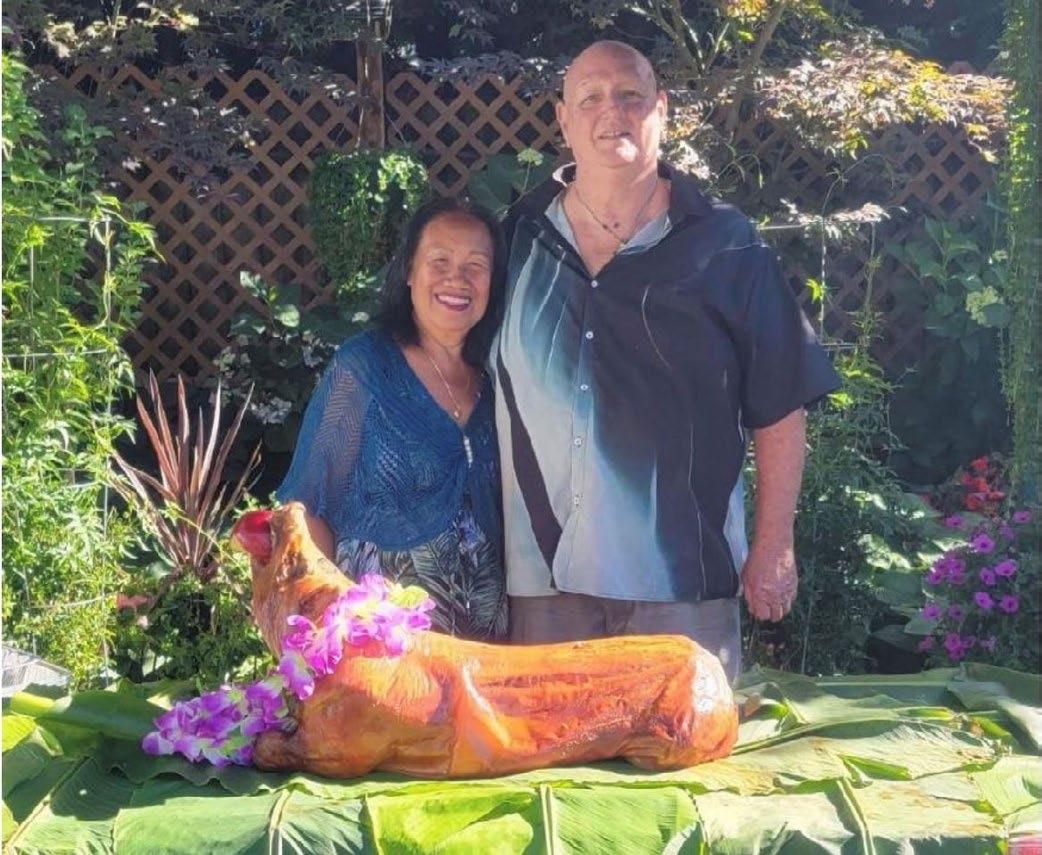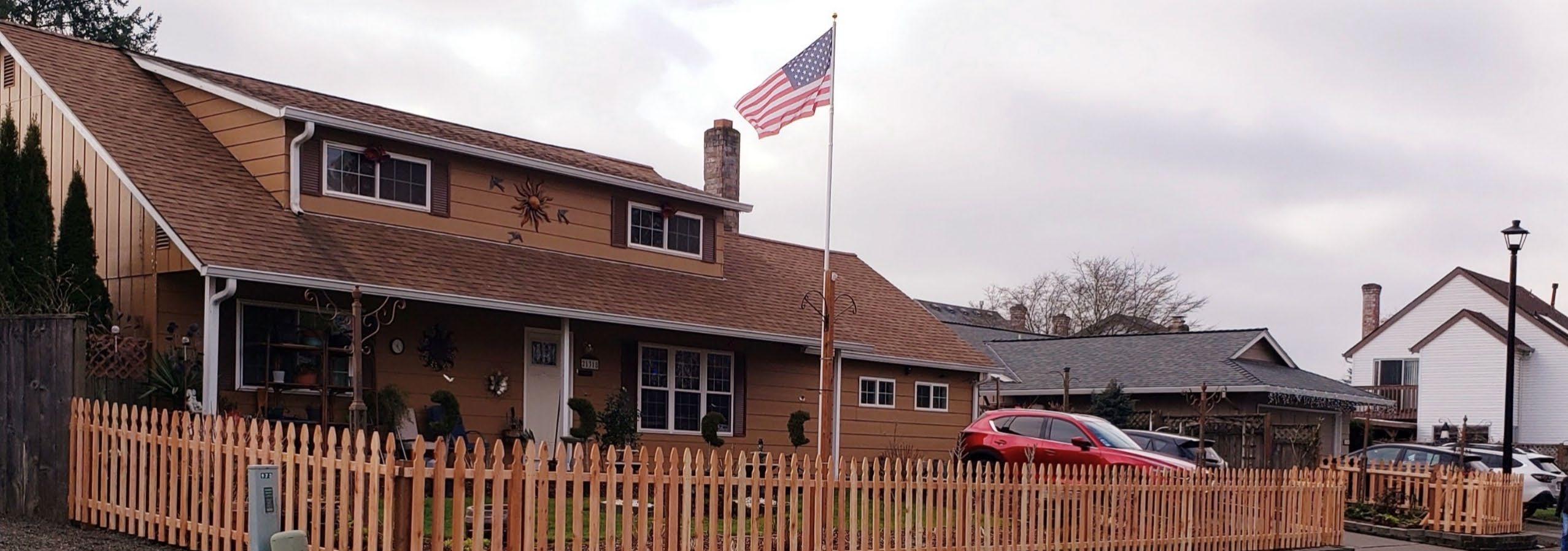
4 minute read
Community Voice: The Neely’s
Thomas Neely, 71, and his wife have lived in their Aloha house since 1998 and never thought about the prospect of losing their home of 30-plus years. However, early in 2020, Thomas retired from the post office. Then the COVID-19 pandemic hit and soon his wife was out of a job. They couldn’t make their mortgage payments.
As a Vietnam veteran, Thomas thought his loan was guaranteed by the VA, so they thought they were safe. That turned out not to be the case and they quickly fell behind.

“It was pretty scary,” Neely said. “(The lending company) kept sending monthly letters. I suffered a lot of stress. We suffered because of something we did not do. It’s not as if I turned my back on our mortgage. It was a pandemic. It was serious.”
Looking for help, the Neely’s worked with a representative from their lending company, who served as an advocate between the lender and the VA. She told him about the Homeowner Assistance Fund, a federally funded program administered by Oregon Housing and Community Services that can provide up to $60,000 of back payments and ongoing payment assistance for those affected by the pandemic.
With his daughter’s help, Thomas was able to submit the paperwork needed to start the application process. After the HAF team reviewed his situation and determined it fit the program’s eligibility requirements, they contacted his lending company and told them they were going to take care of the default. Though it can vary depending on the situation, this particular case took about three months before HAF was able to make the payment.
“The process was very good, very easy,” Neely said. “I was very impressed by the program.”
Neely said he would recommend HAF to others, especially if they’re not able to catch up on their mortgage or other housing costs.
“Thank God Oregon came to my rescue and had that program available or else my ship would’ve been at the bottom of the ocean, and no one cared about it,” Neely said. “We’re out from under the stress and are able to make the payments now.”
Meeting the needs of rural Oregon

Building more housing in rural Oregon
The Statewide Housing Plan called on the agency to “change the way OHCS does business in small towns and rural communities to be responsive to the unique housing and service needs and unlock the opportunities for housing development.” OHCS has exceeded the target to increase OHCS-funded housing development in rural areas by 75% over the previous five-year period with 4,109 homes already constructed or in the pipeline. In 2022, OHCS allocated $129 million in Local Innovation Fast Track (LIFT) Rental funds, in addition to leveraging tax-exempt conduit bonds, and federal 4% Low Income Housing Tax Credits to create 1,295 new affordable homes serving communities of color and rural communities. To achieve these outcomes, the Affordable Rental Housing Division established “set asides” and priority scoring for rural projects and continuously evaluates program data to ensure competitive resources are accessible and flexible to meet the unique needs in rural communities.
There is opportunity to address capacity constraints in local communities, including lack of available developers working in small rural towns along with complex, competitive funding application processes to navigate. There may also be a lack of culturally responsive organizations or supportive services in remote parts of the state. OHCS will be including capacity-building resources within a Notice of Funding Availability (NOFA) and offering general capacity-building funding throughout rural Oregon in 2023. OHCS received an allocation of $33 million in HOME American Rescue Plan funding to support capacity building in rural communities to increase the ability of smaller communities to provide service-enriched housing for Oregon’s most vulnerable populations.
1,324
1,295 rental homes
29 homeownership







